
While the capture of Venezuelan President Nicolas Maduro following US airstrikes marked a seismic geopolitical development, early signals suggested that the global oil market would largely take the move in its stride.Venezuela’s oil infrastructure was not affected after a series of US attacks in Car

INVESTMENT FRENZY: Japan is under pressure to raise rates, India is sustaining its low rate, and further easing in Thailand, Malaysia and China could boost stocks
Asian equities started the new year with sharp gains, but the advance might face headwinds from worries over an artificial-intelligence (AI) bubble and diverging interest rate paths across the region. The investment frenzy over AI played a key role in driving Asian stocks’ outperformance versus thei

US President Donald Trump on Friday blocked US photonics firm HieFo Corp’s US$3 million acquisition of assets in New Jersey-based aerospace and defense specialist Emcore Corp, citing national security and China-related concerns. In an order released by the White House, Trump said HieFo was “controll
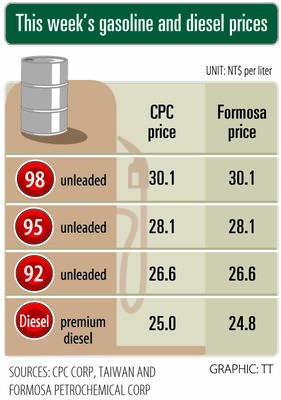
Gasoline and diesel prices at domestic fuel stations are to fall NT$0.2 per liter this week, after international crude oil prices fluctuated within a narrow range last week amid a mixed bag of positive and negative factors, CPC Corp, Taiwan (台灣中油) and Formosa Petrochemical Corp (台塑石化) announced yest
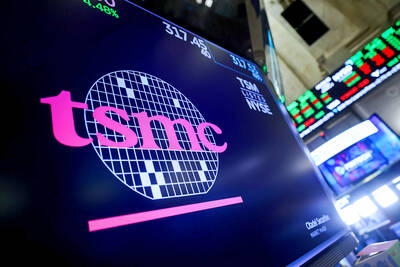
The value of Taiwan Semiconductor Manufacturing Co’s (TSMC, 台積電) American depositary receipts (ADRs) reached a historic high on Friday, after the leading contract chipmaker’s Taipei-listed shares continued to break records amid an artificial intelligence (AI) boom.TSMC’s ADRs were valued at US$1.657

A giant 3D tiger cub mural by artists Tseng Chin-cheng and Lo Kuo-chang on the outer wall of a house at Haomei Village in Chiayi County’s Budai Township is pictured yesterday. The artists expect the mural to attract people to visit the village.

Enhanced tax credits that have helped reduce the cost of health insurance for the vast majority of US Affordable Care Act enrollees expired on Jan.1, cementing higher health costs for millions of Americans at the start of the new year. Democrats forced a 43-day US government shutdown over the issue.

South Korea on Thursday formally ended its dwindling yet much-criticized bear bile farming industry, although about 200 bears are still kept in pens and raised for their gallbladders. The South Korean Ministry of Climate, Energy and Environment on Tuesday announced it would ban breeding and possessi

Fourteen-year-old Estella spends her weekdays studying Spanish, rock climbing or learning acupuncture in her living room as part of her homeschooling since she left China’s grueling public school system. Her parents withdrew her from her Shanghai school three years ago, worried she was struggling to
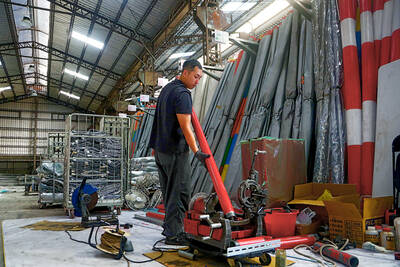
DUAL-ENGINE GROWTH: CIER’s president said ‘the pickup reflects a broad-based recovery in manufacturing activity,’ driven by Taiwan’s role in the AI supply chain
Taiwan’s manufacturing sector wrapped up last year with its strongest expansion in more than 18 months, buoyed by a surge in production of next-generation artificial intelligence (AI) hardware and demand for customized AI chips from global cloud service providers.The purchasing managers’ index (PMI)

Shares in Taiwan closed at a new high yesterday, the first trading day of the new year, as contract chipmaker Taiwan Semiconductor Manufacturing Co (TSMC, 台積電) continued to break records amid an artificial intelligence (AI) boom, dealers said.The TAIEX closed up 386.21 points, or 1.33 percent, at 29

Gold and silver advanced as trading began in the new year, building on their best annual performances since 1979.Bullion rose to US$4,375 an ounce, while silver gained more than 2 percent.While traders have flagged that the metals could do well this year on further US interest rate cuts and US dolla
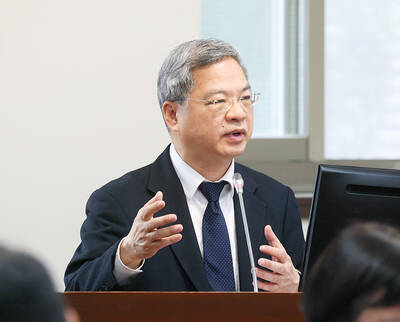
PROGRESS: Economics minister Kung Ming-hsin said Taiwanese companies should improve security and digitalization to help weather competition from China
Tariff negotiations with the US have entered their final stage, with progress in sight after both sides reached a consensus on most issues, Minister of Economic Affairs Kung Ming-hsin (龔明鑫) said yesterday.The government is waiting for a wrap-up meeting to conclude the talks, Kung told reporters befo

BYD Co (比亞迪) last year met its full-year sales target and likely surpassed Tesla Inc to become the world’s largest maker of electric vehicles (EVs) — a milestone overshadowed by a challenging outlook for the Chinese auto market in the year ahead.The Chinese EV giant’s Hong Kong-listed shares rose on

Traditional musicians perform at the opening ceremony of the stock market in Seoul yesterday. The KOSPI closed up 2.3 percent on the first day of the new year at 4,309.63.
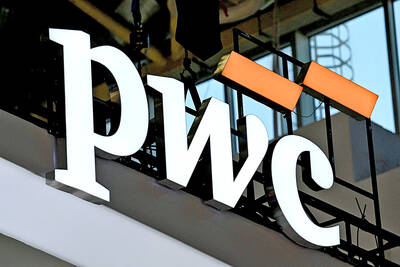
TECH AND SUBSIDIARIES: Regulatory reforms and Taiwan’s signature strength in its tech companies helped drive a large increase in new companies listed last year
Taiwan’s initial public offerings (IPO) delivered record fundraising last year and momentum is poised to be maintained this year, supported by regulatory reforms and continued strength in technology-related industries, PricewaterhouseCoopers (PwC) Taiwan said on Wednesday.Seventy-seven companies wer

Stocks and bonds slipped along with gold and silver on the last day of last year, ending an otherwise buoyant year on a lackluster note.The S&P 500 extended a stretch of post-Christmas losses, paring the benchmark’s advance to roughly 16 percent last year. The NASDAQ 100 was down 0.8 percent on Wedn

Sovereign wealth funds globally amassed a record US$15 trillion in assets under management last year, when many deepened their technology investments and profited from buoyant markets, Global SWF said in a new report.Sovereign owned investors plowed US$66 billion into investments in artificial intel
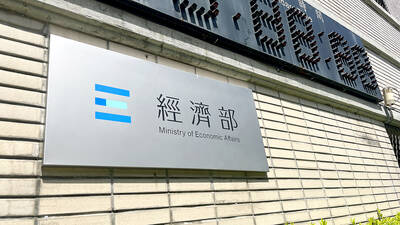
Wiwynn Corp (緯穎科技) and Compal Electronics Inc (仁寶) were approved on Wednesday to invest a total of US$900 million in the US and Mexico to expand their manufacturing capacity for servers or cloud-based data centers, the Ministry of Economic Affairs said in a statement.Wiwynn, a server manufacturing a
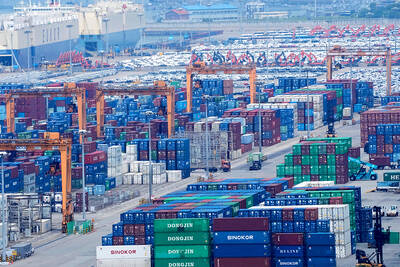
CARS AND COMPUTERS: A year driven by South Korea’s tech industry and vehicle manufacturers helped them weather turbulent trade conditions with panache.
Soaring global demand for semiconductors fueled by a boom in artificial intelligence (AI) sent South Korea’s exports to their highest-ever level last year, official data showed yesterday.Total exports last year were valued at more than US$700 billion, up 3.8 percent from the previous year, South Kor
